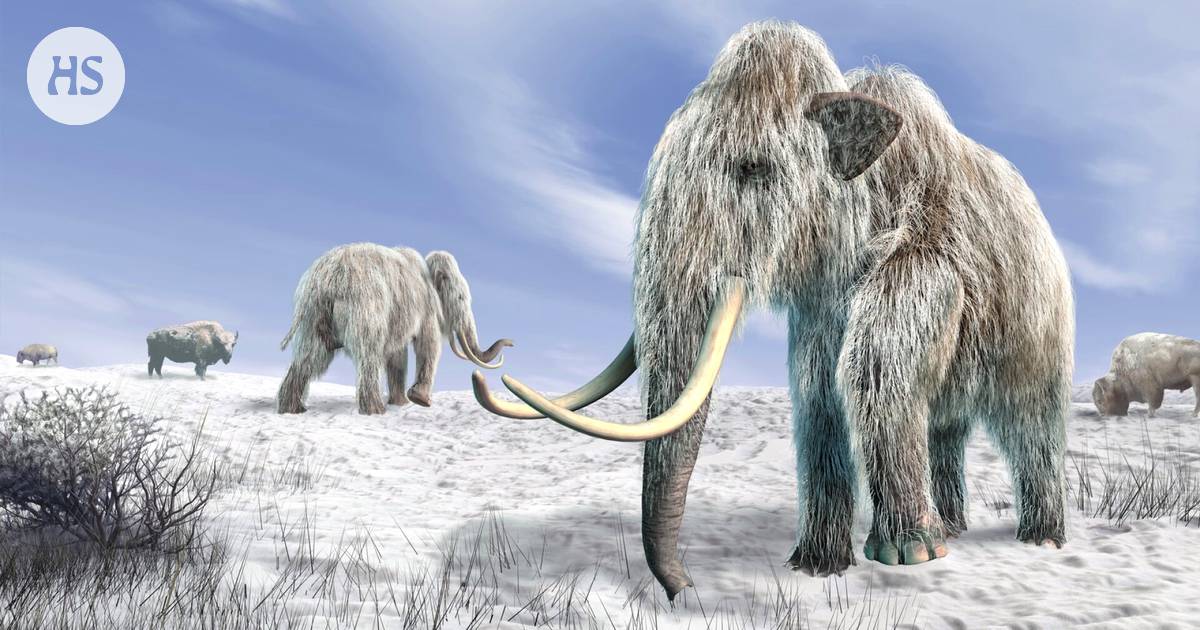Extinction the company dreaming of bringing the dead woolly mammoth back to life has progressed in its project, tells News from the Nature science journal.
The plan is to combine the genetic material of a mammoth that disappeared around 10,000 years ago with the stem cell of its closest living relative, the Asian elephant.
The genetics of the animals is from the United States Colossal company according to 99.6 percent the same.
As a retarder has been to produce stem cells suitable for the purpose.
Now the researchers of Colossal Eriona Hysollin are the first in the world to have managed to program elephant cells into pluripotent stem cells from the fetal stage.
Many other groups have tried the same, but the task has turned out to be surprisingly difficult. The usual recipes for reprogramming the cells have not worked on the elephant.
The solution was finally found when Colossal researchers switched off a gene that protects against the development of cancer in the elephant’s cells.
Researchers testing of programmed multipotent stem cells is still ongoing.
However, it is already clear that the cells are capable of producing all three embryonic layers, which are needed in the embryonic development of vertebrates. These germ layers eventually give rise to different tissue types.
“We have been waiting for this desperately”, says George Church For Nature. He is a geneticist at Harvard Medical School in Boston.
He is one of the authors of an article that will soon be published in the bioRxiv pre-publication service, and the founder of Colossal.
Church believes their stem cell project has been one of the most difficult they have undertaken to date.
Next researchers plan to use new stem cell lines to test what changes need to be made to the elephant’s genome in order to make it develop like a mammoth.
The entire lineage of the woolly mammoth has already been mapped from the frozen carcasses found in the permafrost. It has also been determined which genes are responsible for mammoths’ special features, such as fur, fat and skull shape.
These genes can be transferred into the nucleus of elephant cells.
As possible the mammoth-elephant is also considered an evolutionary geneticist Vincent Lynch. He works at the State University of New York at Buffalo
It’s just a matter of when it will be born – and at what price. It’s not easy and there are still many twists and turns on the way.
Colossal plans to produce the first mammoth elephants in artificial wombs. Researchers do not want to use Asian elephants as surrogates because they are an endangered species.
Until then, however, the cell reprogramming challenges solved by the team may be useful for researchers trying to create multipotent stem cells for other endangered species.
Colossal is in the past
argued
, that the project can also help today’s elephants. A mammoth-like elephant could survive farther north than Asian elephants.
In Siberia, the new animal could also benefit the environment, because as a large herbivore it might promote the return of mammoth steppes. They could slow down the melting of permafrost and thus help curb climate change.
However, not all researchers consider mammoth elephants to be the right way to protect the permafrost.
